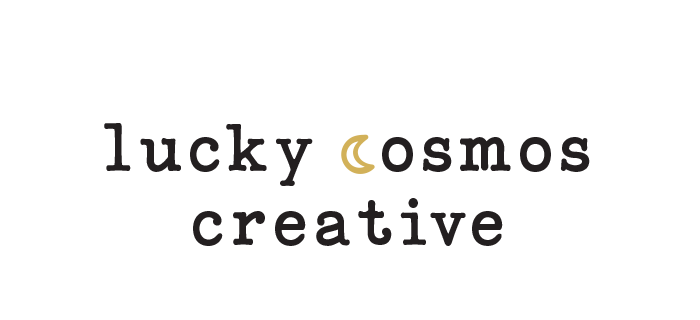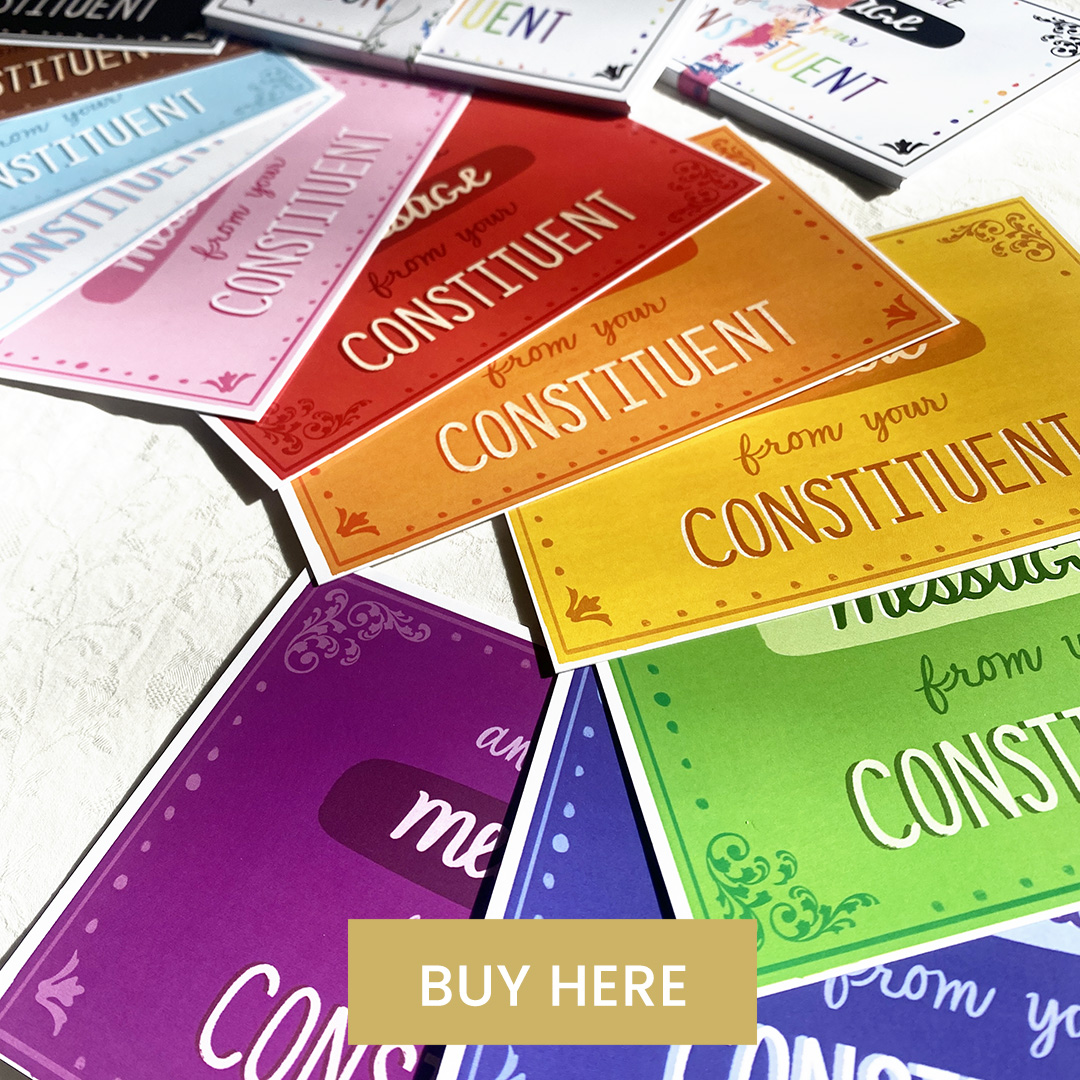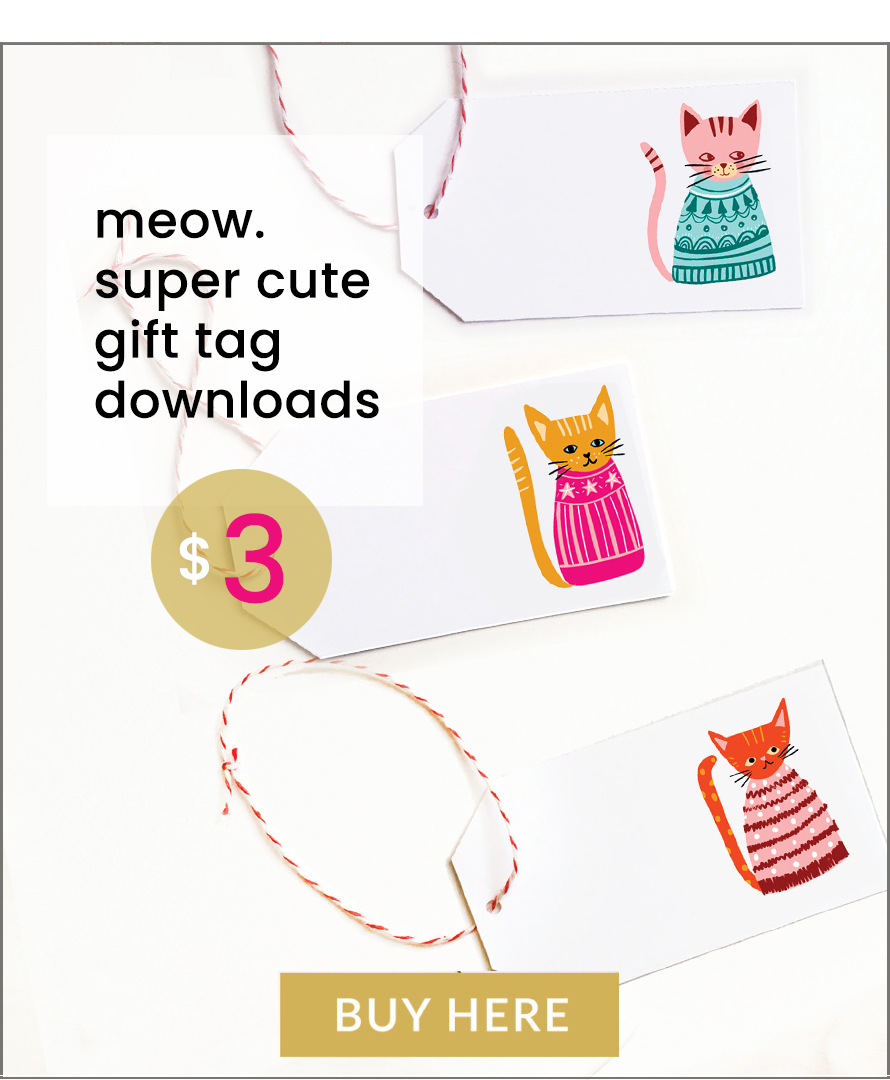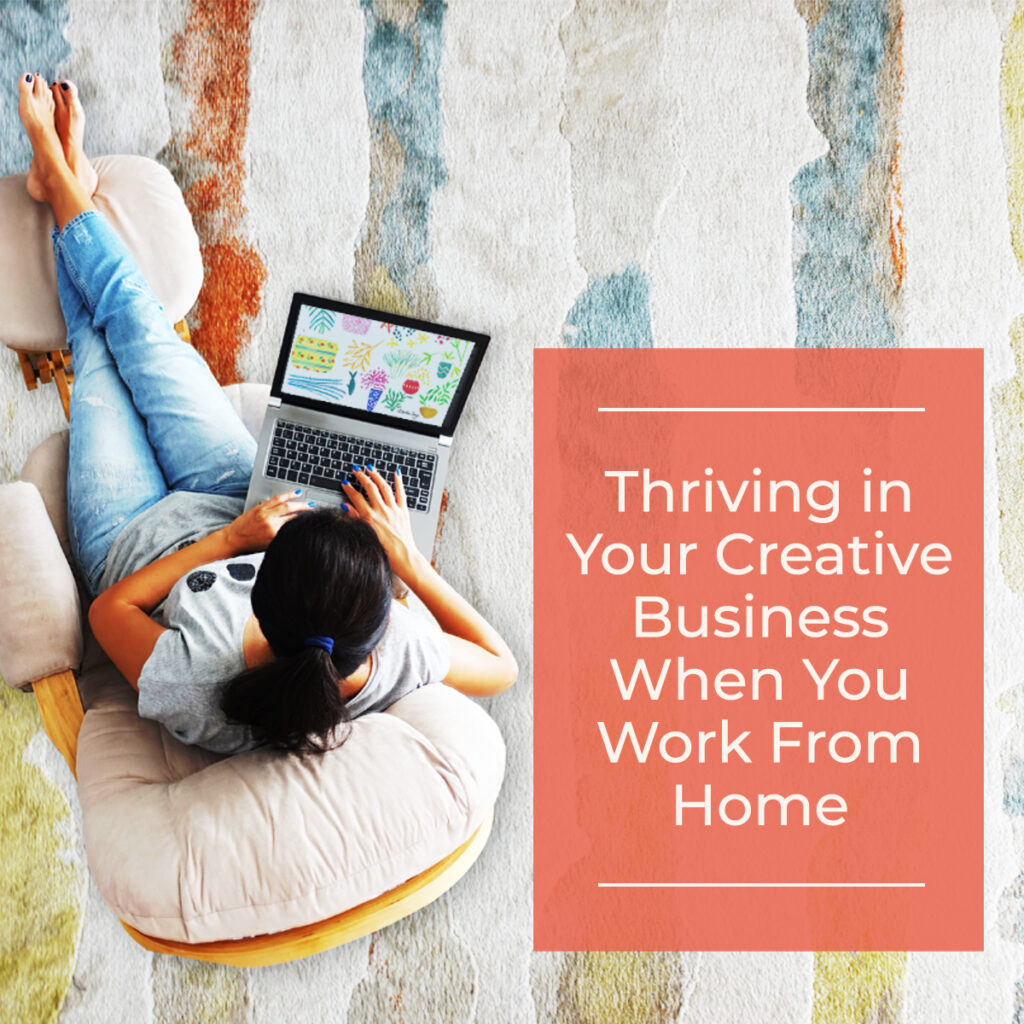
How to Set Yourself Up to Thrive as a Work From Home Creative
Ah, the work from home dream. It’s so dreamy, right? I mean… It can be 😉 This article will focus on thriving in your creative business when you work from home. Whether you consider yourself an entrepreneur, solopreneur, or you work with others to collaborate on projects, if you’re doing the bulk of your work from your home base, read on to get some tips on how you can make your work from home experience fulfilling, productive and… boundaried.
If you’re still wondering whether you want to bring your passion into a business, read The Beginner’s Guide to Taking a Creative Leap of Faith.
This article is for those small business owners who have chosen to embark on building a creative business but are still settling into the work from home dream. Business plan in place; working and testing your business ideas; seeking ways to align your personal space with your creative offerings.
If this sounds like you, read on to brush up on some reminders of how to find more alignment and joy in your home based creative business.
Creative work requires a bit of a different approach than other work from home jobs. In addition to needing a work from home desk setup, creative small businesses often need space for supplies and products – as well as the creative space to think, iterate and flesh out ideas.
Let’s jump into some ways that creative small home based businesses can thrive in today’s hybrid work climate.
Thriving in Your Creative Business When You Work From Home
1. Set up your creative work space, ya filthy animal..
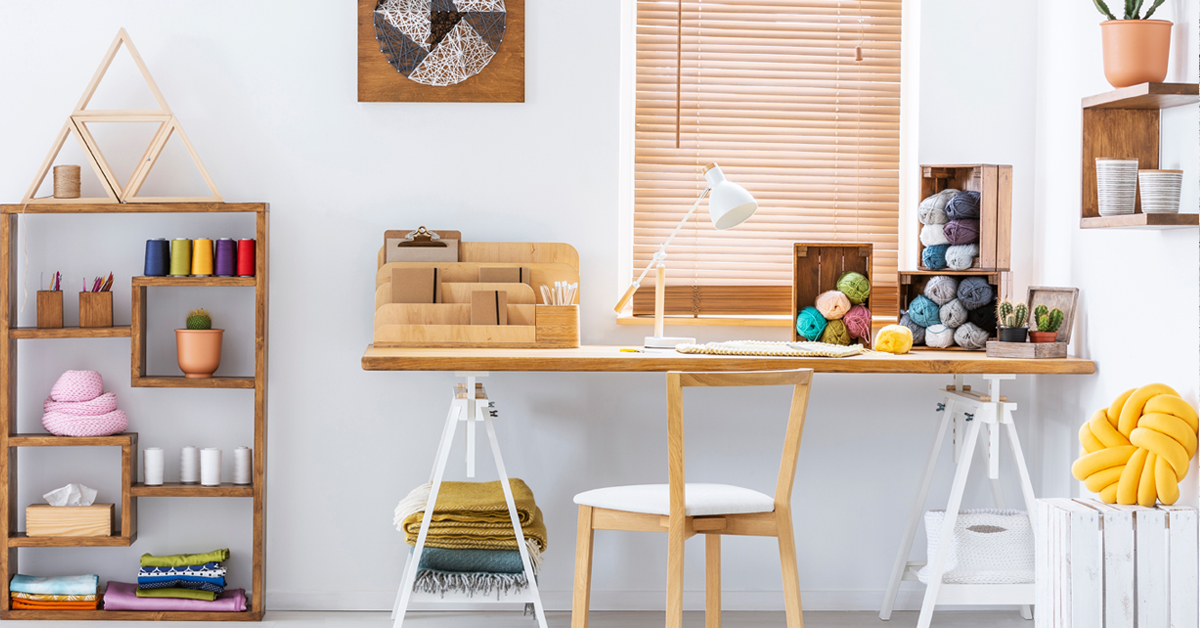
Oh how fun and personal 😉 And so dependent on the space available to you to do your work, and what’s comfortable for your body. Got a full creative office? Take the time to set up the things you need to be successful. Gotta fit a desk into the one closet in your tiny home? Own whatever space you’ve got and get what you need to maximize that space..
If your creative workspace is compact – like the corner of the kitchen table and one drawer, do your best to find the most comfortable way to sit and do your work (focus on comfort and support), and then find some clever ways to organize your supplies using portable organizers. Finding a great container to transport your supplies from a storage area out into your kitchen table dreamscape will help you keep your workspace tidy and also allow you access to the creative tools you need to do your work.
Whether you’re a painter, a social media expert, a seamstress or interior designer, the most important thing is to create a space where you can settle in, feel supported, be imaginative, iterate on your different designs or ideas, and feel motivated to do good work.
My creative work space looks like me sitting on the sofa with my laptop and a stack of notebooks and scratch paper beside me as I flesh out ideas on paper and then use my laptop for the digital aspects of my business. It’s not glamorous, but I know I can head over to the table and hook into my external monitor if I need to, but for day to day work, I tend to gravitate to cozy chairs, sofas and at times, my bed 🙂
Get creative about how you decorate and celebrate your space, and enjoy being able to move around to new spaces if your home allows.
2. Organize your supplies and inventory to make your workflows more efficient

If you’re running a creative business that makes products or carries inventory, well thought out organization is not only soooo satisfying – it makes your business so much easier to run; you’re able to process and ship orders more efficiently, your art supplies are easy to access, and business admin tasks won’t seem so daunting or procrastinatable..
There are so many old artist stereotypes depicting the disheveled artist who creates masterpieces in chaos. Sometimes I am that disheveled artist creating something amazing in a cramped or cluttered space. But though I do tend to teeter toward the chaos, my creative supplies are all organized in a small and humble space that is tidy, easy to see and respectful of my supplies.
The very little inventory I have is organized such that I know exactly where to find what I need. Only because I have done this long enough that I have learned the hard and expensive way.. Get into your own flavor of organizing and “containering” your supplies – and organize in your own style.
Consider your budget and aesthetic – are you looking for clear Container Store bins with bold, clean labels, or are you more drawn to old vintage wallpaper covered cereal boxes lined up in a strangely charming way? Clearly, those are your only two options… I mean.. Clearly.. 😉
3. Schedule your time in a way that supports your creative work + admin obligations
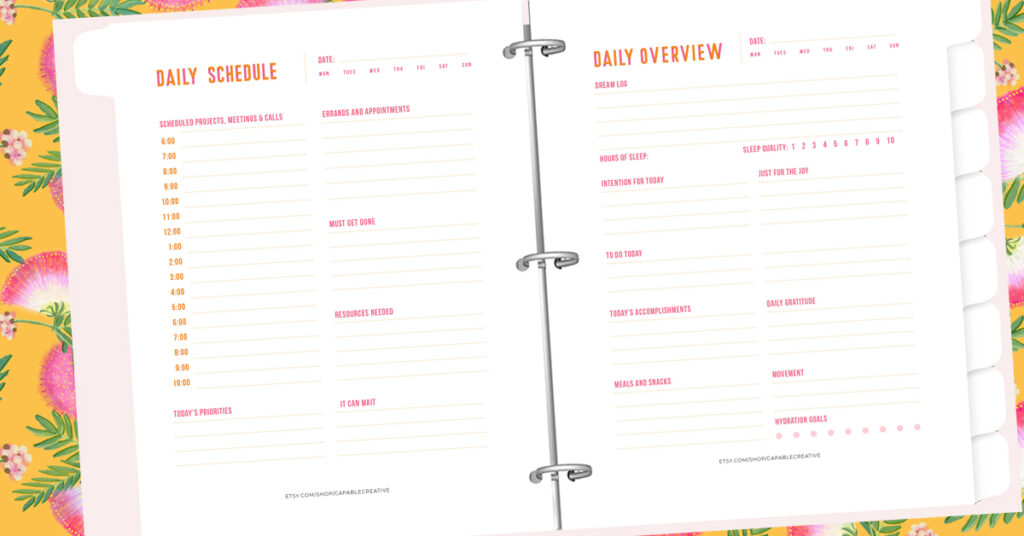
Running a creative business (and wearing a lot of hats) often brings a most magical set of joys and challenges – and when you’re a work from home creative, one of those challenges will be time at some point.
What method of time scheduling your time works best for your work style? What kind of morning routine ensures you’re ready to start working at a specific time?
I am a big fan of chunking my time, allocating specific time periods to specific tasks. For a project where I need to really think, brainstorm, sketch concepts, iterate and ponder – I like to give myself a bit of a longer chunk to really get into that deeply creative work – but not so much that I get distracted and off track..
Whether you like to work in 2 hour blocks, or you’re a fan of the 30 minute time-chunk, give yourself a specific amount of time to work on your project, and then end that time with a break for a few minutes.
When I am working on admin or business tasks, I’m likely to use the 30 minute blocks to just power through those quickly and reward myself with a little break – because honestly, I sometimes only have that long of an attention span for admin stuff..
When I am working on a larger project like laying out a book or building a pattern, I like to throw on some good music, sip on something sippable, settle in with an ice pack or heating pad (joints, am I right??) and go deep.
I sometimes go so deep into my creative flow, I can’t remember what day it is or who I am when I come out…literally.
If you work from home full-time, try to structure your days ahead of time and follow your plan just like you would at a full-time job outside of the home – and leave a little buffer room for not knowing on the days you can – you can always change things up as your workflow changes..
4. Focus on business activities with the best ROI for your creative and business goals

Since this post is about thriving in your creative business, I’d be remiss to leave out the business parts of the thriving 😉 And one of the best business-building tips I can share is to focus on what gets you the biggest ROI.
ROI, or Return on Investment, refers to the amount of return or reward you receive from your investment of your resources (time, money, etc).
So if you invest 20 hours into creating a painting that sells for $5,000, that is a much better financial return on your investment than if you invested 100 hours into planning and painting a mural for $5,000. As an artist (and likely a pretty empathetic person) it’s smart to consider what other rewards would come your way from the mural (community camaraderie, learning or sharing a skill, building project management skills, having your physical artwork displayed in a very public way).
Find your balance between how much money you need to make and also how much of an emotional return you want to see from your time and energy investments.
You’ve got to be the one determining how much work you do for the “perks” (recognition, exposure, trade, emotional satisfaction), and how much work need to do to earn the money you need to earn.
Focusing on your financial return on investment helps you to prioritize the business activities that you need to tackle first. If you’re starting a new creative business and need to start making a certain amount of money within a certain timeframe, try focusing on what brings in more money for less time and resources invested, and then determine how many units you need to sell to meet your financial goals.
Are there ways you can repurpose your work to create more opportunities for selling the same artwork? Are you able to scale your creative work by making prints from paintings? Creating print on demand products from your unique creative designs? Creating workflows that allow you to be more efficient in your creative time?
Tap into your creative agility when it comes to building your offerings; and find ways to get the word out that feel authentic to you, and that resonate with your ideal customers.
5. Find inspiration in the wild
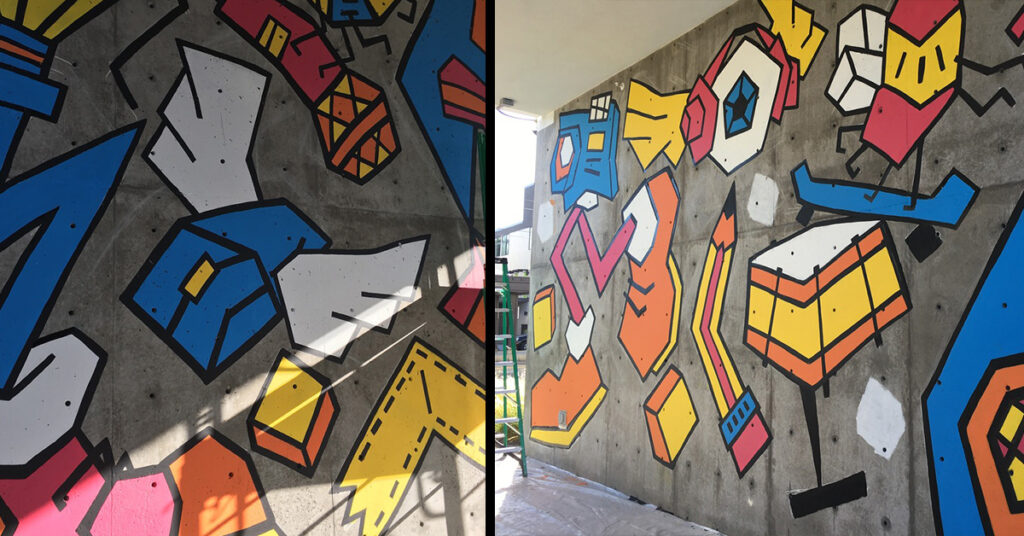
Whether you approach inspiration Jack London style, and go after it with a club, or you approach it in your own way, exploring the world around you can really inform your processes and help you understand where your creative offerings fit. And it’s so nice to get out and feel the sunshine on your shoulders, or smell freshly mowed grass..
This advice especially aimed at my fellow creative introverts who find deep joy in creative isolation – indoors – under covers – maybe with soup.. I see you.. (but like, not through the window – you can keep that open, don’t worry..)
Oh the cozy homey-ness of working from home.. Starting the day in PJs with a fresh cup of coffee.. Wearing pants or not.. Working out in the middle of the day. Staying up late doing your best work even though you’re trying to stick to a better schedule.
Work from home perks abound, and I fully recommend saturating yourself in all of the homebound goodness this life has to offer. annnnnd also..
Out in the wild world is where a lot of things happen, and where a lot of creative concepts show up in real life. Where do you soak up inspiration? What moves you to rush back home to implement some cool lettering concept or amp up your Etsy product photos in a new style? There are always portals to inspiration from your computer – Pinterest anyone?
But schedule some time (weekly? daily?) to take yourself out on an artist date.
Fancy or terribly intentional is not necessary. Browsing through bolts of fabric, or checking out some cool local stickers might spark some fresh ideas and renew your excitement on a project. Walking in nature, visiting art galleries, even the library can be an exciting way to soak up a new creative vibe.
Some of my favorite ways to get my creative brain firing is by going to Whole Foods or the wine store – for the labels, my people. As a lover of lettering and patterns, I’ve always found looking at food, beverage and product labels gets my typographical and hand lettering heart pumping. And there are examples of surface pattern designs everywhere!
There’s a whole wild world of inspiration out there..
After you’re glowing with new ideas, find ways to focus that creativity on activities that help you start making money from your business..
6. Boundaries are your best business buddies

Boundaries are kind of a buzzword these days, and depending on which side of the boundary you’re on, you may either hail them as life savers or condemn them as nonsensical poppycock.. And sure, there are some in between feelings 😉
But in your creative business, you will learn right away that you absolutely need boundaries to thrive in your business. Without boundaries, you may find yourself swept up in a few too many personal projects (favors) brought to you by family and friends promising ‘exposure’ or really not promising anything at all – and treating your skills and livelihood like a quick service you can offer them.
As a work from home creative business owner, the reality is that you may not be taken as seriously as a work from home accountant.
Exasperating, but true. So when your aunt asks you to do a quick free illustration of her family, “because it just comes so naturally to you – you can just whip it out, right?” then you’ll have a choice to make: agree to the illustration without pay and feel a bit miffed and resentful; present your willingness to do the illustration as a paid project that your aunt may or may not want to move forward with; find your own way to say no.
Saying no is hard for some of us (raises hand very high). I’m a notorious yay-sayer, agreeing to – and sometimes offering to do things that I know I can do for my friends and family, and then feeling a heaviness and guilt about asking for money from people I know. It’s my own hang up and I’ve really had to work hard to protect my business from my own soft heart.
I know I’m not alone. The thread between creativity and empathy seems to be pretty close for lots of us. Pack in some obligatory expectations from a person you respect – or one who just intimidates – and you have a tricky boundary situation on hand..
To get ahead of this, I like to focus on the first emotion I feel when I am asked for a creative favor. If I am filled with some dread and anxiety, I know that if I say yes, the project won’t be that great. I’m telling you, if you feel an immediate ‘no’ but say yes anyway, those projects seem to be the longest, draggiest, most frustrating wastes of time…
If I feel a rise in my energy – an opening in my soul, you might say – then I know that if I say yes, I’m less likely to regret that yes.. And if I feel that willingness within, then the next thing I do is consult my priority list and schedule.
Does this project fit into my schedule? Will I still be able to meet my obligations and goals? Or will I put off my own projects or another freelance project to fit this in?
At the end of the day, learning what you want to say yes and no to is a life skill that will serve you in your business forever. Especially learning to say ‘no’ and not explaining yourself. You deserve to decline a project and protect your time so you can focus on what is feeding your soul and bringing in cash flow.
Working from home can bring its own set of challenges – especially if you’re living with others. People see you at home and often assume your time is open and you’re free to do what you wish. This could be a fine time to practice your ‘no.’ 🙂
And one of the biggest boundaries you may need to set will be with yourself. You’ll need to determine when your work day starts and ends. Know when to stop, learn how to set those boundaries with yourself, and show up when you commit to showing up. You’ll be more likely to respect your own boundaries if you know you can trust yourself to follow your schedule and still work toward your goals.
7. Indulge in the joy of your creative work and space

Follow the sun from window to window if you have that luxury. Go for a morning walk during the time that would have been your commute time. Make yourself good food and step away from work to enjoy it – maybe outside in the sunshine. Listen to music that moves you but doesn’t distract you from your work.
For whatever reason, you’re working from home now! So enjoy it!
Whatever your goals are, if you’re building a work from home creative business, don’t lose sight of the joy in your work. It’s always a strange transition to take your creativity from a passion to a business – and I really believe we can have both things. But it’s got to be so intentional.
The work grind can be the work grind, regardless of how beautiful your work is. Don’t let the grind steal the joy from your work thought. Take some intentional moments to stop and focus on how lucky you are to be working on this creative business. Put your tools down and look around your space and remember how important this work is to you and how you’ve worked to hone your craft.
Keep visual reminders of your goals, your dreams and what you hope to accomplish, whether this is a physical vision board or maybe even a Pinterest board. Sometimes those things remind us that though we’re working toward other goals, in this moment, we’re working on something that is hopefully a passion for us, and there is a lot of joy that we can bring into those moments.
Building and running a creative business is the dream for a lot of us. I hope that as you actively build your dream, that you can take the time to savor the present and reflect on what brought you here. I hope this little list can be a useful starter pack with some simple but powerful advice to support you in your creative business.
May the creative force be with you!
